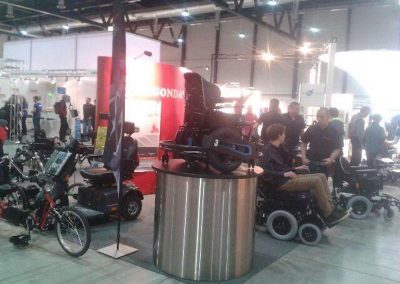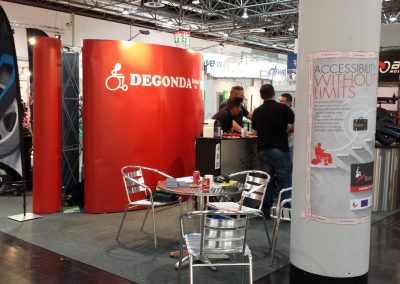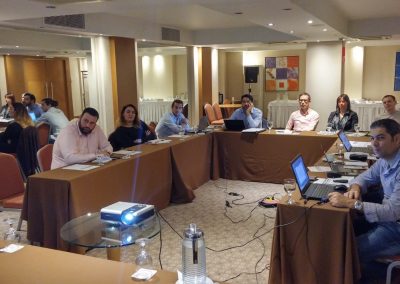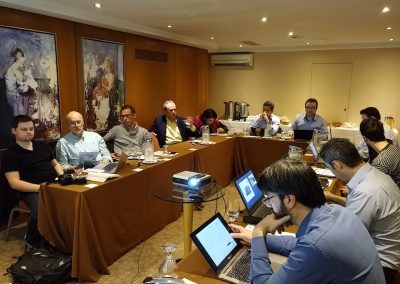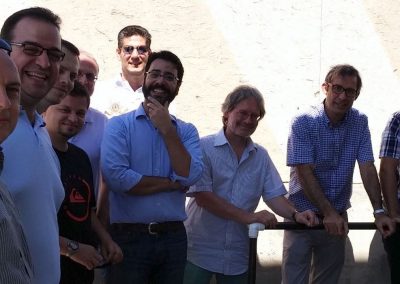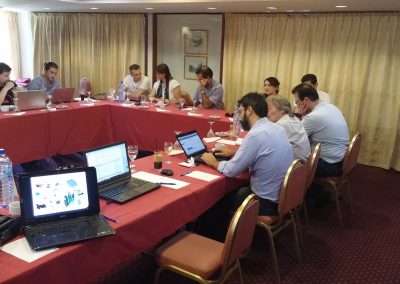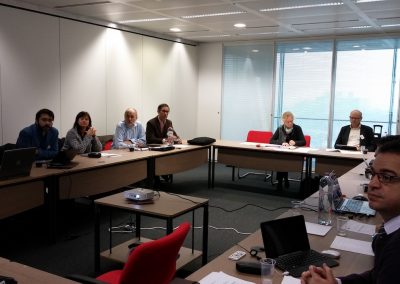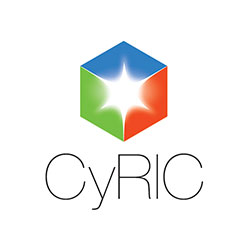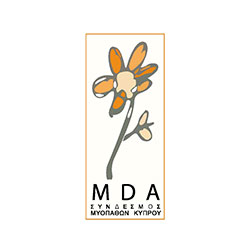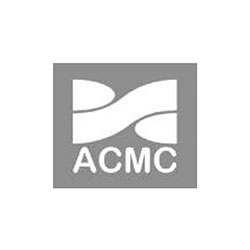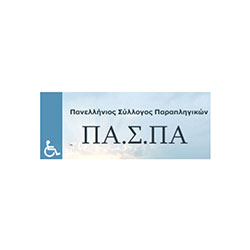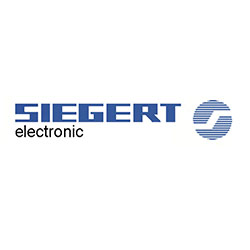RampCo

The RampCo project developed an Innovative Portable Ramp from smart composite materials for automatic ascending and descending of wheelchair users.
The RampCo is a technologically advanced ramp, for automatic ascending and descending of wheelchair users, thus paving the way to Universal Accessibility in buildings and public spaces. RampCo has a lightweight design due to the use of materials that ensures the best strength/weight ratio. RampCo is a revolutionary product in the ramp market since no other such device exists worldwide with easy assembly and disassembly.
The RampCo, on the wheelchair user’s command, will transport the wheelchair safely several meters all the way up the stairs, without any assistance. The RampCo will operate on slopes beyond the typical 8% reaching up to 60% allowing the wheelchair user to safely ascent a relatively high number of stairs. RampCo will be designed and developed in order to provide a safe accessibility solution for wheelchair users in various staircases (straight stair steps with different length, width, height made of concrete, glass, metal and ceramics).
RampCo is supported by cutting edge technology operating on web-based online electronic applications. Thus by using geographical location data it notifies the user for the exact geographical location of the system while at the same time it provides the ability to pre-book RampCo online in order to be used at a specific time and point of preference. Furthermore it allows the owner to get remote access to the operating system of RampCo for monitoring and controlling purposes, by providing an instant remote access aiming to solve functional problems that might occur.
RampCo is designed and developed in order to comply with existing standards, regulations and EU directives: EN 81-40, Machinery Directive 2006/42/EC.
The RampCo could have a massive uptake to serve a practically infinite number of cases with a difference in elevation, which are currently left inaccessible or are serviced in a poor way, with no provision for use by disabled citizens without assistance and more often than not, with a compromise on safety or aesthetics. For example public buildings, hotels, museums, archaeological sites, exhibition centers, industry, banks, shops, private homes, etc.CyRIC Role
The RampCo, on the wheelchair user’s command, will transport the wheelchair safely several meters all the way up the stairs, without any assistance. The RampCo will operate on slopes beyond the typical 8% reaching up to 60% allowing the wheelchair user to safely ascent a relatively high number of stairs. RampCo will be designed and developed in order to provide a safe accessibility solution for wheelchair users in various staircases (straight stair steps with different length, width, height made of concrete, glass, metal and ceramics).
RampCo is supported by cutting edge technology operating on web-based online electronic applications. Thus by using geographical location data it notifies the user for the exact geographical location of the system while at the same time it provides the ability to pre-book RampCo online in order to be used at a specific time and point of preference. Furthermore it allows the owner to get remote access to the operating system of RampCo for monitoring and controlling purposes, by providing an instant remote access aiming to solve functional problems that might occur.
RampCo is designed and developed in order to comply with existing standards, regulations and EU directives: EN 81-40, Machinery Directive 2006/42/EC.
The RampCo could have a massive uptake to serve a practically infinite number of cases with a difference in elevation, which are currently left inaccessible or are serviced in a poor way, with no provision for use by disabled citizens without assistance and more often than not, with a compromise on safety or aesthetics. For example public buildings, hotels, museums, archaeological sites, exhibition centers, industry, banks, shops, private homes, etc.CyRIC Role
